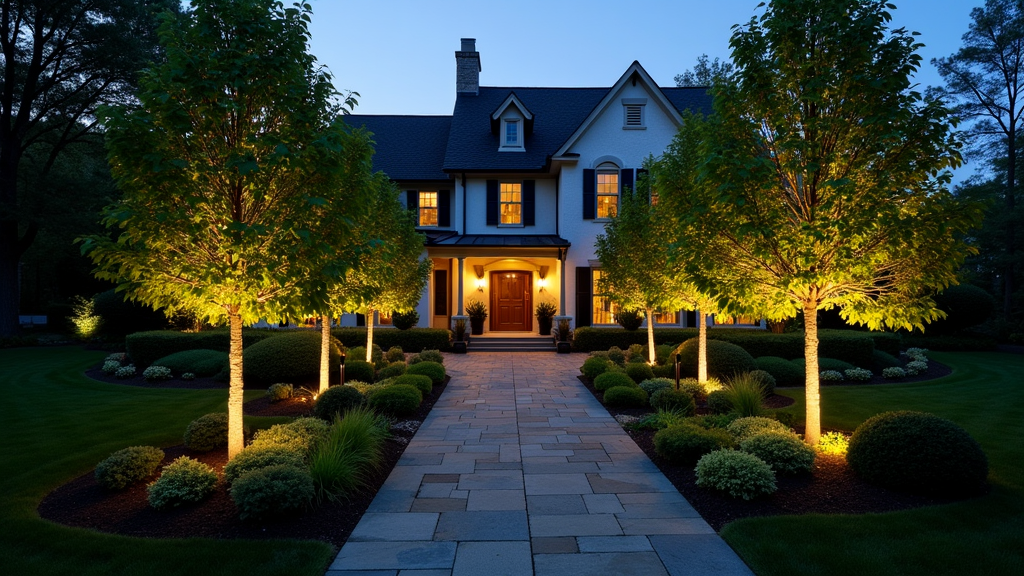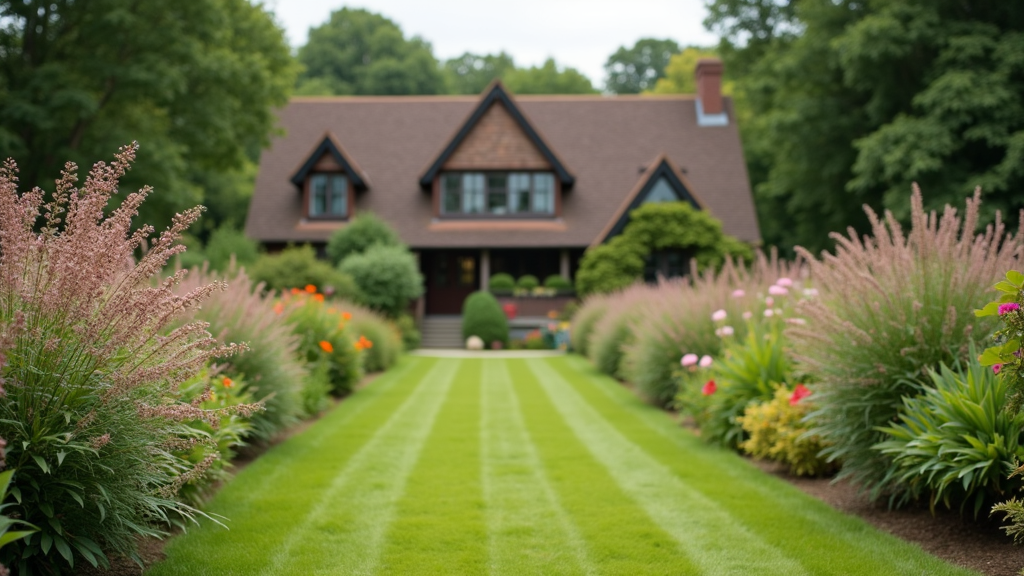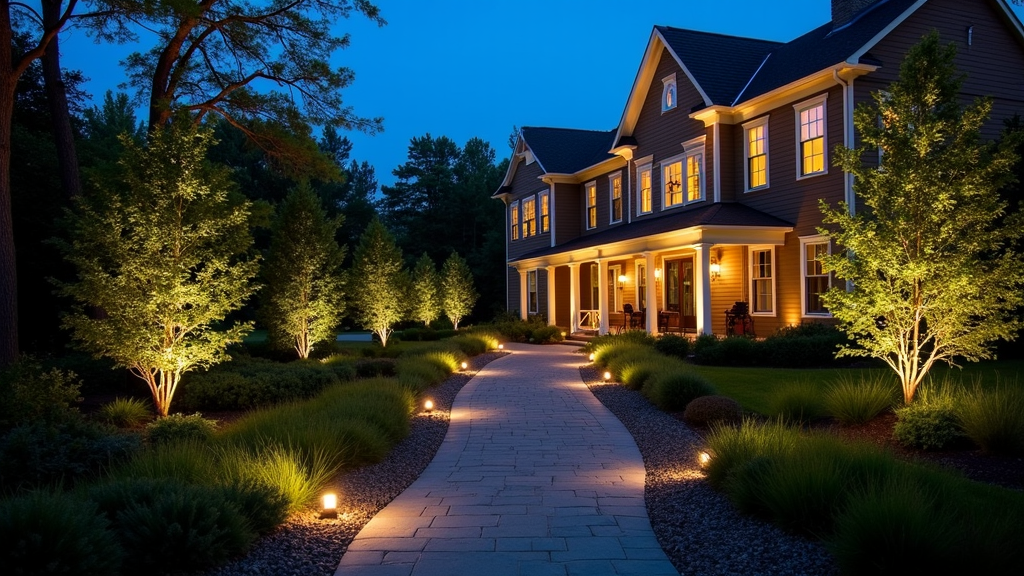Introduction
As urban areas continue to expand, the necessity for innovative landscaping solutions becomes more pronounced. One such solution is the advent of green roofs, which blend nature with architecture to create sustainable environments. This article serves as a comprehensive guide on how to incorporate green roofs into your landscape design plans. We will explore various aspects, from environmental benefits to practical implementation strategies, especially in regions like Stokesdale, NC.
What Are Green Roofs?
Green roofs are essentially vegetated rooftops that provide numerous environmental and aesthetic benefits. They are composed of layers including a waterproof membrane, drainage system, growing medium, and vegetation.
Benefits of Green Roofs
Environmental Benefits- Reduce Urban Heat Island Effect Improve Air Quality Enhance Water Management
- Visual Appeal Increased Property Value Opportunities for Urban Agriculture
- Natural Insulation Reduced Energy Costs
Understanding the Types of Green Roofs
Before diving into how to incorporate green roofs into your landscape design plans, it’s vital to understand their types:
Extensive Green Roofs
- Low maintenance Lightweight Suitable for low-growing plants
Intensive Green Roofs
- Heavier and deeper soil profile Supports a variety of plants including shrubs and small trees Requires more maintenance
How to Incorporate Green Roofs into Your Landscape Design Plans
Incorporating green roofs requires careful planning and design considerations. Here are some essential steps:
Assessing Structural Integrity
Before you can plant a garden on your roof, ensure that the structure can handle the added weight. Consult with structural engineers if necessary.

Choosing the Right Plants
Selecting appropriate plants is crucial for a successful green roof. Native plants are often recommended due to their adaptability and resilience.
Factors to Consider When Choosing Plants
- Climate Zone: Understanding your local climate helps in selecting suitable species. Sunlight Exposure: Some areas may receive full sun while others remain shaded.
Designing for Accessibility
Consider how people will access the green roof for maintenance and enjoyment. Integrated pathways or seating areas can enhance usability.
Integrating Green Roofs with Other Landscape Features
Green roofs don’t have to stand alone; they can harmoniously blend with other landscape elements:
Rain Gardens and Bioretention Areas
These features complement green roofs by managing stormwater runoff effectively.
Vertical Gardens
Combining vertical gardens with green roofs maximizes plant space while adding visual interest.
Sustainable Materials for Construction
When planning your green roof project, consider using sustainable materials that align with eco-friendly practices.
Types of Sustainable Materials
Recycled Metal Roofing Eco-Friendly Waterproofing Membranes Organic Growing MediumMaintenance Practices for Green Roofs
Just like any garden, a green roof needs care:
Regular Inspections
Conduct regular inspections to check for drainage issues or pest infestations.
Irrigation Systems
Installing an efficient irrigation system ensures that plants receive adequate water without waste.
Cost Considerations in Implementing Green Roofs
Understanding costs upfront can help you budget appropriately:
| Item | Estimated Cost | |------------------------|----------------| | Structural Reinforcement | $5,000-$15,000 | | Plant Selection | $2-$10 per sq https://penzu.com/p/725e906a3717e368 ft| | Irrigation System | $1,500-$3,000 |
The Role of Local Regulations in Green Roofing Projects in Stokesdale NC
Before implementing any landscaping stokesdale nc project involving green roofs, familiarize yourself with local zoning laws and building codes.
The Future of Landscaping: Trends in Green Roofing Designs
As sustainability becomes increasingly important in landscaping stokesdale designs, expect innovative trends that combine functionality with beauty.
FAQs About Incorporating Green Roofs
1. What are the main advantages of installing a green roof?
Green roofs provide insulation, reduce energy costs, improve air quality, and manage stormwater efficiently.

2. How much weight can my building support for a green roof?
Consult a structural engineer to determine if your building can support the additional weight from soil and vegetation.
3. What types of plants work best on a green roof?
Native species are often preferred due to their resilience against local weather conditions and lower maintenance requirements.

4. Do I need special permits for installing a green roof?
Yes! Always check local regulations regarding rooftop modifications before starting construction on your green roof project.
5. Is it difficult to maintain a green roof?
Maintenance depends on plant selection; extensive systems require less maintenance than intensive ones but still need regular checks for pests or drainage issues.
6. Can I grow vegetables on my green roof?
Absolutely! Intensive green roofs can support vegetable gardening; just remember they’ll require more care than ornamental plants.
Conclusion
Incorporating green roofs into your landscape design plans is not just about aesthetics; it’s about creating sustainable environments that benefit our planet and communities significantly. By following this comprehensive guide on how to incorporate these lush spaces into your designs—especially within landscapes like those found in Stokesdale—you’ll be well on your way toward creating beautiful urban spaces that thrive at every level! Embrace this trend today; after all, it's not just good landscaping—it’s good stewardship!
By understanding all aspects related to implementing these delightful features—ranging from structural integrity assessments through sustainable material choices—you'll be prepared not only for success but also for making impactful contributions toward greener cities everywhere!